CTRL+K
CTRL+K
In the beautiful country of Morocco, there are special buildings called Marabout buildings or zawiyas. These are holy places built to honor very important religious leaders and teachers from long ago. Marabout buildings are truly amazing. They have domed roofs on top, beautiful tile designs all over, and fancy carvings showing Islamic and Moroccan art.
People go to Marabout buildings to pray together, have religious meetings, and visit on pilgrimages. When you visit a Marabout building, you get to learn so much about Morocco’s long history of religion and art. You can see how skilled the artists and builders were centuries ago when they created these masterpieces.
Marabout buildings in Morocco have a special look that mixes Islamic and Moroccan styles. They have domed roofs, beautiful zellige tile work, fancy carvings, and cool geometric patterns. Moreover, the use of local materials like clay, stone, and wood makes these sacred sites even more authentic and charming. They blend perfectly with the natural surroundings. Marabouts are architectural gems that showcase the skilled craftsmanship passed down for generations. They represent the spiritual importance of Moroccan Sufi traditions. Visiting these sites lets you see the diversity of Morocco’s architecture and the lasting legacy of its cultural heritage.
Marabouts are very important places in Morocco, which are special buildings where people go to pray, have religious meetings, and do ceremonies together. Many Moroccans believe that visiting a Marabout can bring good luck, healing, and spiritual guidance from God. That is why these places are so important for people to go on pilgrimages.
Moreover, when people go to a Marabout, they feel connected to their community and their cultural traditions. The atmosphere at a Marabout is one of great respect and devotion, where people share the experience of praying together and thinking deeply about their faith. This shared experience helps to keep Morocco’s spiritual roots and customs alive. Marabouts have been central to Moroccan society for a very long time, because they are places where people come together to celebrate their religious beliefs and feel a sense of belonging.
The practice of seeking blessings from marabouts is undergoing a gradual decline, as indicated by the increasing number of visitors who come for personal confessions and spiritual solace at the sanctuaries of various saints in the region of Souss Massa. Notable among these sanctuaries are those dedicated to revered figures such as Sidi Boujmâa Agnaou, Lalla Yamena, Lalla Fatima Ouembark, and Moulay Ahmed, among others.
Many people now visit the spiritual sites and graves of marabouts (holy men) in the Souss Massa region of Morocco. Instead of going there just for blessings or guidance, they want to have a personal connection with the marabouts. They ask the marabouts for help with their problems and make special prayers. The way people practice religion and follow traditions is changing. Modern influences are changing the traditional role of marabouts in Moroccan society. However, these holy places are still very important. People go there to feel spiritual and get comfort. They believe the marabouts can help them connect with God and find fulfillment in life. Even though religious practices are evolving, the sanctuaries of the marabouts remain deeply meaningful spiritual centers for many people in the Souss Massa region.

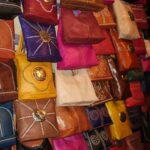
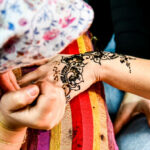
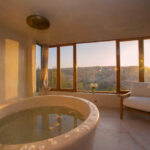

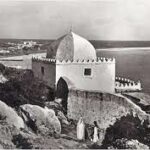
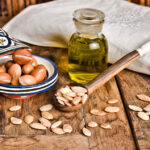

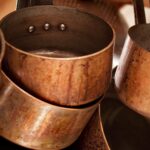
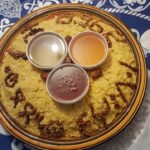
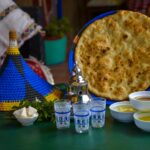
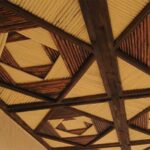
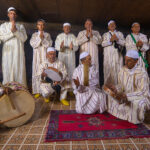

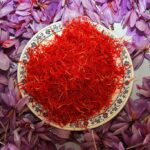

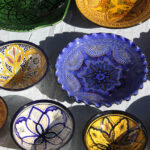
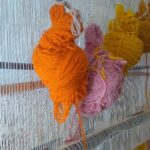

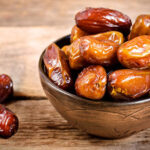


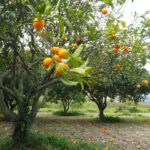
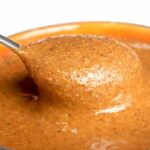
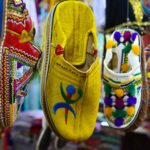


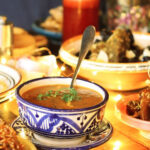
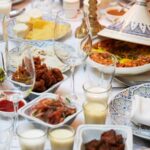

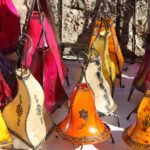
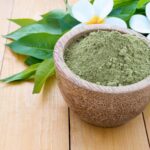

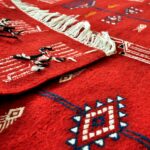

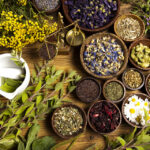
There are no results matching your search.
Reset